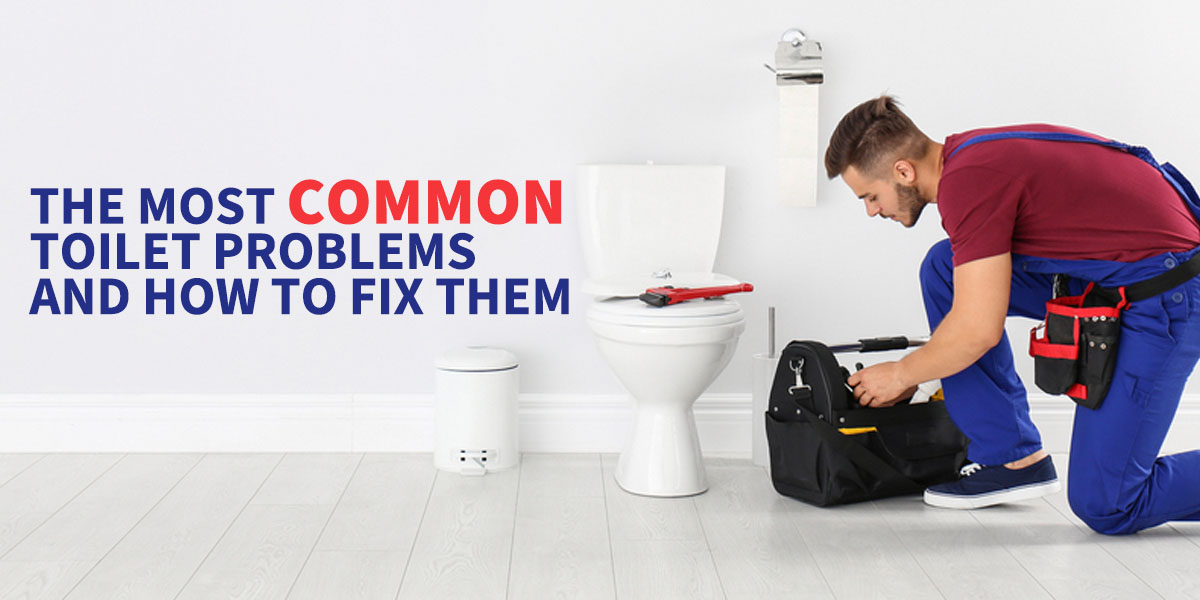The Most Common Toilet Problems and How to Fix Them
Having a functioning toilet is essential for every household. Imagine the inconvenience of not having a bathroom that works properly. That’s why it’s necessary to keep your toilet in good condition. Unfortunately, toilets can sometimes develop problems that can be frustrating. This article will discuss the most common toilet problems and how to fix them.
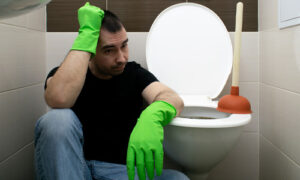
Common Toilet Problems
Toilets are important fixtures in every home, but they are also prone to various issues that can cause inconvenience and even water damage. Here are some common toilet problems and how to fix them to ensure proper functionality and hygiene.
a. Clogged Toilet
A clogged toilet is a common problem caused by flushing too much toilet paper, flushing non-flushable items, or having a blocked sewer line. The water in the toilet bowl rises and does not go down after washing, causing an unpleasant situation.
b. Running toilet
A running toilet is another common issue when water constantly flows into the toilet bowl after flushing. A problem with the toilet’s flapper, float, fill tube, or valve usually causes it. A running toilet can waste a lot of water and increase your water bill.
c. Leaking toilet
A leaking toilet can cause water damage to your bathroom floor and increase your water bill. The leak can occur at the toilet’s base, around the tank, or at the water supply line.
d. Weak Flush
A weak flush occurs when the toilet bowl does not have enough water to remove waste. A low water level can cause this in the tank, a clogged rim jet, or a malfunctioning fill valve.
e. Phantom Flush
A phantom flush is when your toilet suddenly flushes without anyone pressing the flush button. It is caused by a problem with the toilet’s flapper or fill valve.
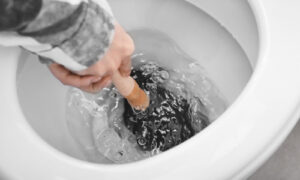
How to Fix a Clogged Toilet
Taking immediate action is essential to avoid further complications when dealing with a clogged toilet. One effective way to fix a clogged toilet is by using a plunger. However, if the plunger does not work, you can use a toilet snake, a long, flexible tool designed to reach and remove the blockage. It would be best if you only used chemical drain cleaners as a last resort since they have the potential to cause damage to your plumbing system.
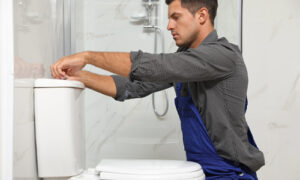
How to Fix a Running Toilet
A running toilet can waste a lot of water and increase your water bill, so fixing it as soon as possible is essential. Here are the steps to follow:
a. Check the flapper
A rubber seal known as the flapper covers the flush valve at the tank’s bottom. Water will continue to seep into the bowl if the flapper is cracked, bent, or worn out since it won’t close the valve properly. To check the flapper, open the tank lid and flush the toilet. Please watch the flapper as the water drains from the tank and replace it if it doesn’t seal the valve.
b. Adjust the float
The float is a plastic or metal device that floats on the water in the tank. It’s attached to the fill valve with a metal or plastic rod. The toilet may run continuously if the water level in the tank is too high. To adjust the float, look for the screw or clip that holds it in place. Move the float down if the water level is too high or up if the water level is too low.
c. Check the fill tube
The fill tube, a brief piece of plastic tubing, joins the overflow tube with the fill valve. A broken or disconnected fill tube may allow water to leak into the bowl. To check the fill tube, look for the hose connected to the fill valve and running into the overflow tube. Make sure it’s securely attached and not damaged.
d. Replace the valve
If none of the above steps work, it’s time to replace the fill valve. This more complex task involves turning off the water supply, removing the old valve, and installing a new one. If you’re uncomfortable with this task, it’s best to call a plumber.
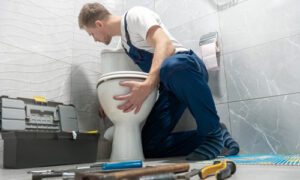
How to Fix a Leaking Toilet
You can often fix a leaking toilet with simple steps that help alleviate the frustrating problem. Here’s what you can do:
a. Check the wax ring at the base of the toilet.
The wax ring is a seal that helps prevent water from leaking from the bottom of the toilet. Over time, this wax ring can become damaged or worn, causing leaks. Replacing the wax ring is necessary if you notice water pooling around the toilet’s base.
b. Tighten the bolts that secure the toilet to the floor.
The toilet is held in place by bolts that sometimes loosen over time. If the bolts are loose, the bathroom can shift and cause leaks. To fix this, use a wrench to tighten the bolts. Do not overtighten them, as this could cause the toilet base to break.
c. Check the water supply line for leaks or damage.
The water supply line is the hose that connects the toilet to the water supply. Water may seep out around the toilet base if this hose leaks. To check for leaks, turn off the water supply and inspect the hose for any signs of damage. If the hose is damaged, replace it.
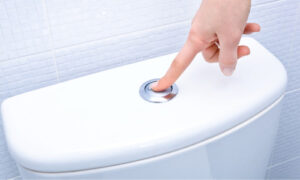
How to Fix Weak Flush
Several factors can cause a weak flush. Here are some steps to fix it:
a. Check the tank’s water level
If the water level is too low, the Flush may be weak. To properly raise the water level, adjust the float.
b. Check the flapper
Ensure the flapper is sealing the flush valve correctly. If it’s damaged or worn out, replace it.
c. Clean the rim jets
Mineral buildup can clog the rim jets, which causes a weak flush. Use a wire hanger or toothbrush to clean the jets thoroughly.
d. Check the fill valve.
If all else fails, replace the fill valve. The fill valve regulates the water flow into the tank and can sometimes cause a weak flush.
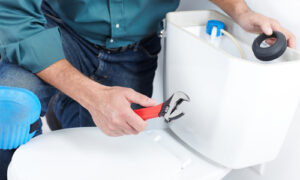
How to Fix a Phantom Flush
If your toilet seems to flush independently, you may be experiencing a phantom flush. Here’s how to fix it:
a. Adjust the flapper
The flapper may get stuck open, causing water to leak and trigger the Flush. Adjust the flapper so that it closes properly.
b. Check the chain
If the chain that connects the flapper to the flush handle is too loose or not correctly attached, it can cause the flapper to stay open and trigger a phantom flush. Make sure the chain is adjusted correctly and tight enough.
c. Clean the fill valve
A mineral buildup in the fill valve can cause water to leak out and trigger a phantom flush. Clean the fill valve to remove any buildup and ensure it functions properly.

Don’t Let These Problems Linger!
To conclude, problems with the glorious bathroom throne can cause significant discomfort and hygiene issues, making toilet repair and upkeep essential. Professional toilet repair ensures comfort and hygiene and promotes water conservation and a cleaner environment. Remember, taking preventative measures can go a long way in keeping your toilet’s functionality. Seeking the help of a professional plumber is advisable for more complex issues or further assistance.
